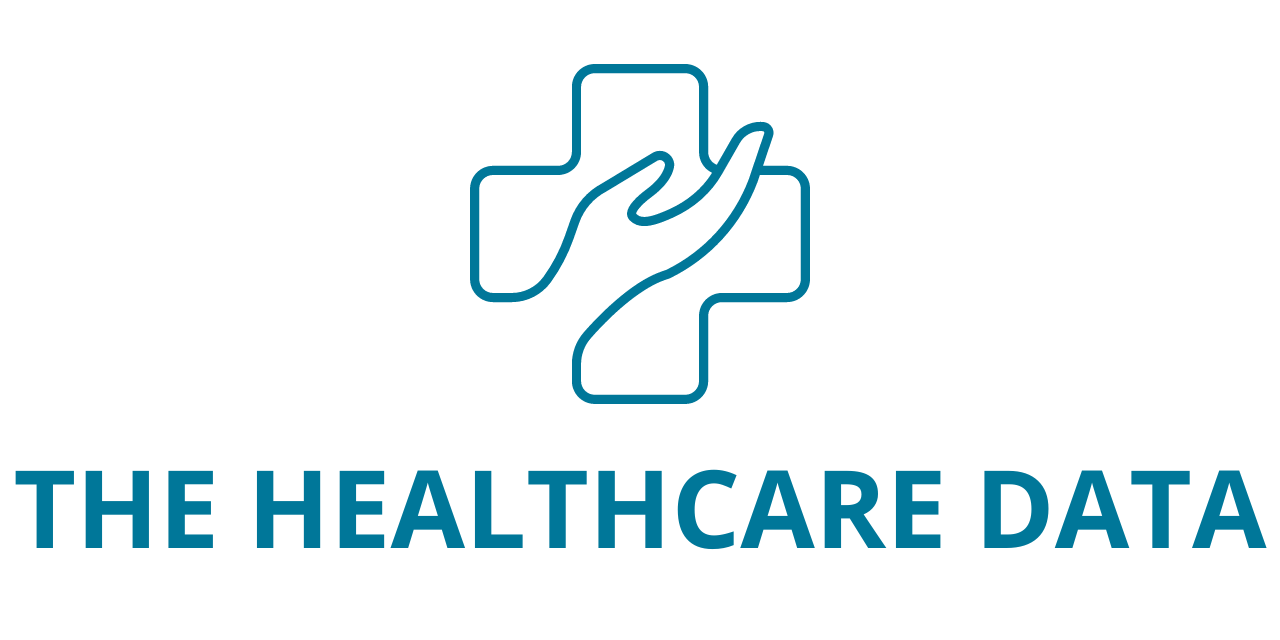The “Cardiac Holter Monitor Market, Size, Global Forecast 2023-2030, Industry Trends, Share, Growth, Insight, Impact of Inflation, Company Analysis” report has been added to ResearchAndMarkets.com’s offering.
Global Cardiac Holter Monitor Market is projected to reach US$ 713.5 Million in 2030, growing at a CAGR of 5.71% from 2023 to 2030
The Cardiac Holter monitor industry has undergone a remarkable transformation, transitioning from bulky devices to sleek and intelligent wearables, harnessing advanced technology for accurate long-term heart monitoring and empowering individuals to take control of their cardiovascular health.
One significant driver of this transformation is the increasing prevalence of cardiovascular diseases, such as heart disease and arrhythmias, which has created a higher demand for cardiac Holter monitors. According to the World Health Organization, there were an estimated 273.6 million people living with cardiovascular diseases in 2022. This surge in demand has been further fueled by technological advancements, including wireless connectivity and enhanced data analysis capabilities, which have improved the convenience and accuracy of Holter monitors, driving their adoption.
Factors such as growing aging populations, a heightened emphasis on preventive healthcare, increased healthcare expenditure, and seamless integration with other healthcare systems have also played pivotal roles in the market’s growth. These developments have not only improved patient outcomes but have also enabled remote monitoring, making healthcare more accessible and efficient.
Another contributing factor to the growing demand for cardiac Holter monitors is the rising prevalence of atrial fibrillation (AF) and increasing risk factors such as obesity and diabetes. This is further accelerated by the widespread adoption of remote patient monitoring (RPM), which reduces the need for hospital visits for Holter monitor testing, enhancing patient convenience and accessibility to healthcare.
Moreover, the availability of Holter monitors directly to consumers has eliminated the requirement for hospital visits, making healthcare more patient-centric. Wireless Holter monitors have provided individuals with the freedom of movement, while AI-integrated Holter monitors have enabled the automatic detection of heart problems, ushering in significant advancements in the global cardiac Holter monitor market.
In the United States, there is substantial demand for Holter monitors, primarily driven by a large population affected by heart disease. With approximately 121.5 million adults (46.6% of the adult population) living with cardiovascular disease (CVD) in 2022, there is a robust market for Holter monitors in the United States. The country’s high healthcare spending has enabled substantial investment in advanced technologies, including Holter monitors.
Additionally, the presence of leading technology companies such as Medtronic, GE Healthcare, and Philips Healthcare further contributes to the development and innovation of Holter monitor technologies. The strong regulatory environment ensures the safety and effectiveness of Holter monitors, cementing the United States’ position as a prominent player in the global cardiac Holter monitor market.
In China, the growth of the cardiac Holter monitor market can be attributed to the rising prevalence of heart disease, driven by an aging population, increasing obesity rates, and high levels of air pollution. Healthcare professionals and patients in China are increasingly recognizing the significance of cardiac monitoring for early detection and diagnosis, thereby increasing the demand for Holter monitors. Advanced technologies like wireless and AI-integrated Holter monitors have enhanced convenience and accuracy, further fueling market growth in China. The combination of these factors positions China as a key player in the global cardiac Holter monitor market.
Dominance of 1-channel cardiac Holter monitors is driven by their affordability, simplicity, and accuracy
By product, the global cardiac Holter monitor market is fragmented into 1-channel, 2-channel, 3-channel, 12-channel, and others. 1-channel cardiac Holter monitors are preferred by patients with limited financial resources and those who are not technologically inclined.
Despite limitations like recording only one channel of heart activity and potential lower sensitivity to arrhythmias compared to multi-channel monitors, their advantages of cost-effectiveness, ease of use, and accuracy make them a favorable choice for most patients in monitoring heart activity.
Wireless Holter monitors are gaining popularity in the cardiac monitor market due to their convenience, accuracy, and data transmission capabilities
By component, the global cardiac Holter monitor market is divided into Wired Holter monitor, Wireless Holter monitor, and Holter analysis systems & software. Wireless Holter monitors allow patients to move freely without wires, making them suitable for active individuals.
They provide the same level of accuracy as traditional monitors and can transmit data wirelessly to healthcare facilities, eliminating the need for patients to return the monitor. Despite being more expensive, the convenience and accuracy they offer justify their growing popularity in the global cardiac Holter monitor market.
Hospitals dominate the global cardiac Holter monitor market due to their infrastructure, reimbursement support, and large patient pool
By End-Use, the global cardiac Holter monitor market is categorized into Hospitals, Ambulatory Centers, Home Healthcare, and Others. Hospitals possess the necessary infrastructure, including trained staff, equipment, and facilities, to effectively conduct and analyze Holter monitor tests.
They also benefit from reimbursement support provided by insurance companies, making it financially viable for them to offer such testing compared to other healthcare providers. Furthermore, hospitals have access to a substantial patient pool, increasing the potential number of individuals who can benefit from Holter monitor testing.
Competitive Landscape
Key companies present in the global cardiac Holter monitor market are General Electric, NIHON KOHDEN, Hill-Rom Company, Inc, OSI Systems, Inc., Boston Scientific, Koninklijke Philips N.V., and Medtronic Plc.
In November 2022, DMS-Service developed a patch designed for continuous ECG data recording, specifically for monitoring cardiac health in adults, newborns, and children.
Company Analysis: Overview, Recent Developments, Revenue
- General Electric
- NIHON KOHDEN
- Hill-Rom Company, Inc
- OSI Systems, Inc.
- Boston Scientific
- Koninklijke Philips N.V.
- Medtronic Plc.
Products – Global Cardiac Holter Monitor Market breakup from 8 Viewpoints:
- 1-channel
- 2-channel
- 3-channel
- 12-channel
Components – Global Cardiac Holter Monitor Market breakup from 8 Viewpoints:
- Wired Holter monitor
- Wireless Holter monitor
- Holter analysis systems & software
End-Use – Global Cardiac Holter Monitor Market breakup from 8 Viewpoints:
- Hospitals
- Ambulatory Centers
- Home Healthcare
Source link : https://www.businesswire.com/





